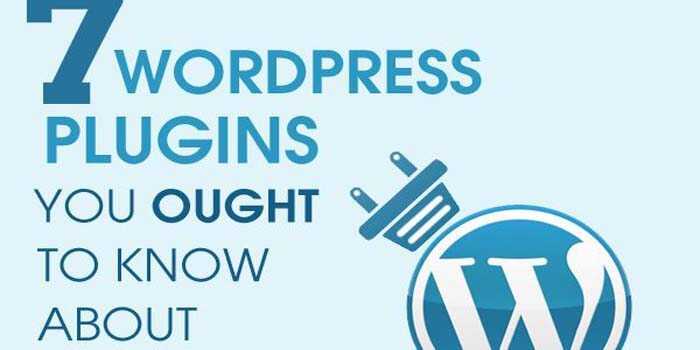Mobile phones are an integral part of everyone’s daily lives. Every day people spend the majority of their time on these palm-fitting gadgets. The different applications on its open channels to numerous services and functions. They can be sources of information, entertainment, peace, or even health. In fact, studies show that the mobile app development company and mobile apps market, in general, will hit revenue of 190 billion in 2020.
This clearly shows the current market necessity to have an official application of its own by business enterprises. If the numbers are to be compared, companies that have apps for business have a higher conversion rate of 120% than businesses that just have a website.
Now there are several ways to convert a particular website into an app. The first few methods involve coding, namely Progressive Web Apps, Hybrid Mobile Apps, and Native Apps. On the other hand, the last option is to take the help of dedicated platforms that offer pre-built tools to generate a functioning application.
Hybrid Mobile Application Development
These are apps that can run on multiple platforms and need to be coded only once. This means that the developer need not write different sets of code for Android and iOS devices. Some really good frameworks to build hybrid apps are React Native and Ionic.
Native Application Development
Unlike Hybrids, Native apps will run only on a specific OS. This might seem to make this alternative a little less favorite among developers at first. However, native app development allows greater personalization, performance, and security than its counterparts. Languages to use for building native apps include Java, Kotlin, Objective-C, or Swift.
Progressive Web Applications (PWAs)
This is the truest form of a pure website conversion to an app, unlike the other methods where the website needs to be written in a certain way from the very beginning to make its conversion successful. However, the possible features offered by PWAs are quite basic (but good) and might only be suitable for simple websites.
Converter platforms
Converters offer a quick and easy way of building an app for business. The tools used to make these apps are mostly drag and drop type. Businesses should know that using these converters the apps produced do not have the same quality as a natively built app.
Converter apps are perfect for small businesses that do not have huge budgets to spend on app development. The apps can be built fast without the need for coding knowledge and provide all the basic functions of a decent app.
A few popular examples of converters are Buildfire, Dwnld, Como, Swebapps, etc.
These applications can be made for both Android and Apple platforms. There are two types of converter tools for mobile app development.
- The first type creates a web-view wrapper within that app that makes it function like a real app. The site opened from the phone is customized to look like an official application.
- The second is to develop a websites using engines like WordPress, Shopify, or others. These engines have plugins that provide specific APIs that the converters integrate with built-in templates to turn a website into an app.
App development company
A dedicated mobile app development company can produce far more functional and superior applications. This allows businesses to integrate a host of custom features and operations in their apps.
Benefits of app development via professional companies include:
MVP Creation
MVP or Minimum Viable Product contains only the bare essentials of the finished app. Basically, it is a prototype of the final product that comprises the functions and a minimum graphics interface.
Creating an MVP is helpful because it helps businesses gather data on the apps. Users are made to use the MVP and then the reactions and feedback are analyzed to modify and improve upon the shortcomings of the app. This ensures that the final app is a success.
Efficient app design
It is essential to remember that the design of an app for business purposes must be kept simple. Businesses should not unnecessarily overcomplicate the design of the app. A minimum number of screens with only the more important operations is a good way to make a successful app from a website. For the added functionalities users may visit the business’ websites.
Custom functionality
The app is specifically built for the platforms therefore it functions smoothly and loads faster than converter apps. As there are no fixed templates, in this case, the app can look like what the business needs and focus on specific functions more. The owners still have the choice of widely redesigning their apps if there is a change of plans.
Many of the major companies today started off with or as websites. But the increasing demand for a smartphone-centric customer base turned them into successful apps with far more revenues and profits.



